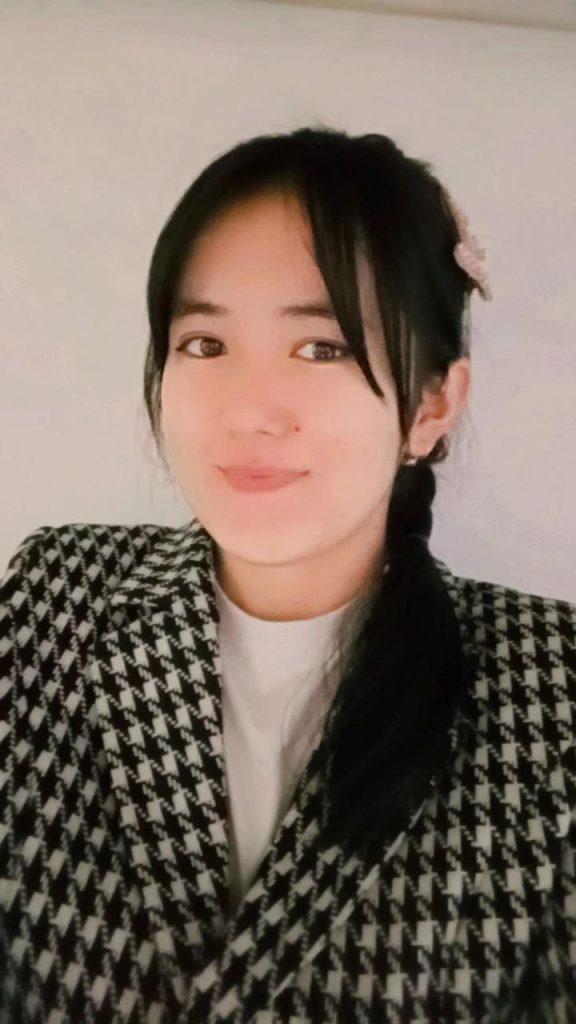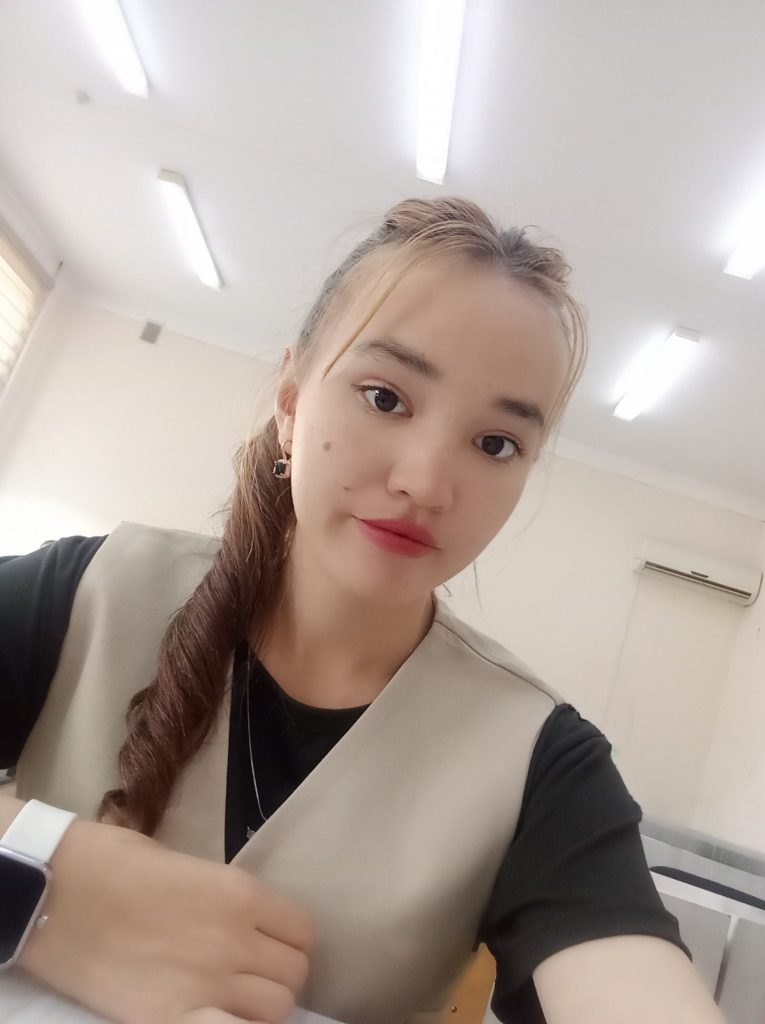
Sultonova Durdona Tursunboy qizi, 2nd-year Master’s Student, Uzbek Language and Literature, Namangan State Pedagogical Institute
ANNOTATION
This article examines the psycholinguistic foundations of developing linguistic competence in language education from scientific and theoretical perspectives. It analyzes the phonetic-phonological, lexical-semantic, grammatical, pragmatic, and discursive components of linguistic competence and highlights the role of psycholinguistic mechanisms—such as auditory perception, memory, attention, and associative thinking—in their development. The motivational, planning, articulatory, and perceptual stages of speech activity are explained in relation to their influence on the learning process. The psycholinguistic bases of communicative, cognitive, and interactive approaches are also presented, emphasizing their significance in facilitating natural language acquisition. The findings hold practical value for language teachers, methodologists, and researchers in linguistics.
Keywords: linguistic competence, psycholinguistics, speech activity, cognitive processes, communicative approach, language education.
ABSTRACT
This article explores the psycholinguistic foundations of developing linguistic competence in language education. It provides an analysis of the phonetic-phonological, lexical-semantic, grammatical, pragmatic, and discursive components of linguistic competence and explains the role played by psycholinguistic mechanisms such as auditory perception, memory, attention, and associative thinking in their formation. The stages of speech activity—motivational, planning, articulatory, and perceptual—are examined regarding their influence on language learning processes. The psycholinguistic basis of communicative, cognitive, and interactive approaches is discussed, with emphasis on their importance in activating natural language acquisition mechanisms. The results demonstrate the practical benefits of integrating psycholinguistic principles into language teaching and can serve as a valuable resource for teachers, methodologists, and scholars in linguistics and psycholinguistics.
Introduction
In modern language education, expanding learners’ communicative abilities and developing their skills in consciously and purposefully using linguistic means are among the key tasks. This goal is achieved through the development of linguistic competence, which encompasses knowledge of the language system and the mechanisms of its use in speech. The effectiveness of this process is closely linked to psycholinguistic principles, namely the relationship between language and thinking, the mechanisms underlying speech activity, and the psychological processes involved in language learning. Therefore, examining the development of linguistic competence from a psycholinguistic perspective and defining its theoretical and practical foundations is of significant scholarly and practical importance.
The Concept of Linguistic Competence and Its Components
Linguistic competence refers to the conscious acquisition of the language system, the functions of linguistic units, their rules of use, and structural organization. It includes several components:
1. Phonetic-Phonological Competence – understanding the sound system, phonemes, their distinctive features, and achieving correct pronunciation.
2. Lexical-Semantic Competence – knowing word meanings, understanding semantic relations, and choosing appropriate vocabulary in context.
3. Grammatical Competence – mastering morphological and syntactic rules and correctly applying grammatical forms in speech.
4. Pragmatic Competence – selecting appropriate linguistic means based on the communicative situation and socio-cultural norms.
5. Discursive Competence – ensuring logical coherence, unity of text, proper use of cohesive devices, and applying relevant speech strategies.
Psycholinguistics clarifies how these components are formed, how linguistic knowledge is stored in the mind, and how it becomes activated during speech.
Psycholinguistic Foundations of Linguistic Competence
1. The Relationship Between Language and Thinking
Psycholinguistics views language as the main tool of human cognition and the organizational mechanism of cognitive processes. The development of linguistic competence is greatly influenced by learners’ mental abilities such as classification, generalization, and abstract thinking, as language acquisition occurs through cognitive processes. According to Vygotsky, language operates through the interaction of inner and outer speech, and linguistic competence is strengthened through the development of inner speech. Activating learners’ thinking processes during instruction promotes deeper mastery of linguistic knowledge.
2. The Structure of Speech Activity
Psycholinguistics studies speech activity through the following stages:
Motivational stage – forming the intention to speak.
Planning stage – selecting linguistic units and constructing grammatical structures.
Articulatory stage – producing speech.
Perceptual stage – receiving and processing auditory input.
Linguistic competence develops through the coordinated functioning of these stages. Teaching methods must support each stage of speech activity.
3. Formation of Speech Mechanisms
Several psychological mechanisms participate in language acquisition:
Auditory perception – distinguishing phonetic units.
Memory – retaining words and grammatical patterns.
Attention – selecting relevant linguistic units during speech.
Associative thinking – strengthening links between words and concepts.
The more developed these mechanisms are, the faster learners acquire linguistic competence. Therefore, a psycholinguistic approach emphasizes understanding individual learning styles and psychological characteristics.
The Importance of Psycholinguistic Approaches in Language Education
1. Psycholinguistic Basis of the Communicative Approach
The communicative method treats speech as a natural process and focuses on developing the learner as an active participant. Drawing on psycholinguistic theory, it:
creates real communicative situations,
stimulates natural communicative needs,
facilitates the automatization of linguistic knowledge.
As a result, learners use grammatical patterns automatically during speech rather than merely memorizing them.
2. Cognitive Approach
The cognitive approach emphasizes conscious language learning. Learners:
become aware of linguistic rules,
analyze and generalize them,
develop logical understanding of language structure.
Activating cognitive processes strengthens grammatical and semantic components of linguistic competence.
3. Interactive Approach
Interactive methods (dialogues, role plays, debates) psycholinguistically activate speech reflexes. Psycholinguistic research confirms that speech develops more effectively in interactive contexts. Furthermore, emotional engagement, motivation, and communication needs intensify in interactive environments, accelerating the development of speech activity.
Psycholinguistic Methods Used to Develop Linguistic Competence
Psycholinguistics suggests employing several methodological tools:
1. Auditory–perceptual exercises:
sound discrimination,
mastering intonation,
forming phonetic stereotypes,
which contribute to developing phonetic competence.
2. Memory-based exercises:
categorizing vocabulary,
using associative cards,
creating semantic maps,
which strengthen lexical-semantic competence.
3. Exercises for automatizing grammatical structures:
transformation drills,
modeling,
sentence reconstruction,
which develop the psychomotor mechanisms required for grammatical competence.
4. Dialogue and monologue practice:
Psycholinguistically, forming and refining ideas through consecutive expression fosters rapid development of the speech system; thus, communicative practice is key to developing discursive and pragmatic competence.
Conclusion
Developing linguistic competence in language education must be based on psycholinguistic principles, as language acquisition depends not only on linguistic knowledge but also on psychological processes such as auditory perception, memory, attention, thinking, and motivation. The development of grammatical, phonetic, lexical, and pragmatic components of linguistic competence is closely tied to the proper functioning of psycholinguistic mechanisms. The use of communicative, cognitive, and interactive approaches enhances speech activity and promotes natural formation of speech mechanisms. Therefore, integrating psycholinguistics with language education enriches teaching methodology with modern scientific foundations and contributes to the robust development of learners’ linguistic competence.
References
1. Vygotsky, L. S. Thinking and Speech. Moscow: Labirint, 2001.
2. Chomsky, N. Aspects of the Theory of Syntax. Moscow: Aspect Press, 2019.
3. Leontiev, A. A. Psycholinguistics. Moscow: Smysl, 2003.
4. Akhmanova, O. S. Dictionary of Linguistic Terms. Moscow: KomKniga, 2007.
5. Khomidov A., Abdulkhayev A. Theoretical Linguistics. Tashkent: Fan, 2015.
6. Yo‘ldosheva Sh., Mengliev B. Basics of Psycholinguistics. Tashkent: TDPU Publishing, 2020.
7. Richards, J., Rodgers, T. Approaches and Methods in Language Teaching. Cambridge: CUP, 2014.
Sultonova Durdona Tursunboy qizi was born on June 16, 2000, in Chust district of Namangan region. She completed her studies at Secondary School No. 54 in her district, after which she graduated from the Academic Lyceum under Namangan State University. She then continued her education at Fergana State University in the field of Philology and Language Teaching (Uzbek language).
Currently, she is a second-year Master’s student at the Namangan State Pedagogical Institute. She is diligently working on improving her professional skills with the aim of becoming a highly qualified specialist in her field. Her ultimate goal is to share the knowledge she has gained with future generations.





 PERFIL DEL ESCRITOR
PERFIL DEL ESCRITOR El 28 de noviembre de 2025 se cumplirán 3 años del nacimiento de esta estructura poética, GAONESA, que ha incursionado con gran éxito en la literatura mundial contemporánea. ¡Feliz cumpleaños!
El 28 de noviembre de 2025 se cumplirán 3 años del nacimiento de esta estructura poética, GAONESA, que ha incursionado con gran éxito en la literatura mundial contemporánea. ¡Feliz cumpleaños!